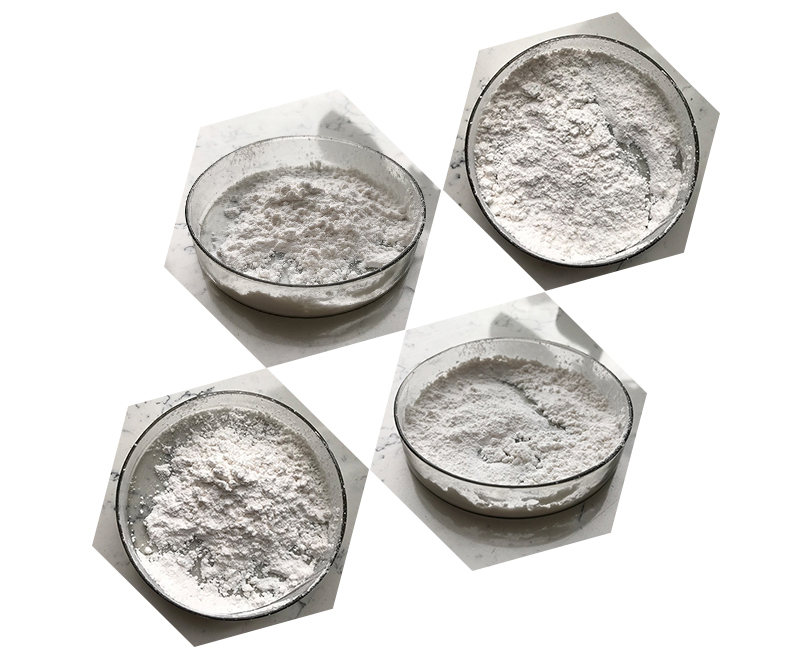Melatonin is a hormone produced by the pineal gland in the brain, and it plays a crucial role in regulating the sleep-wake cycle (circadian rhythm) in humans and other animals. Here’s some information about the origin and nature of melatonin:
Origin of Melatonin:
Pineal Gland: Melatonin is primarily produced in the pineal gland, a small, pinecone-shaped gland located deep within the brain. The pineal gland is often referred to as the “third eye” because of its association with light-sensitive functions and its role in regulating various biological rhythms.

Production of Melatonin:
Light Sensitivity: The production of melatonin is influenced by the amount of light exposure an individual receives. In the presence of light, especially natural daylight or artificial light in the evening, the pineal gland produces less melatonin. As darkness falls, the pineal gland increases its melatonin production.
Circadian Rhythm: Melatonin production follows a circadian rhythm, peaking at night and being lowest during the day. This rhythm helps regulate the sleep-wake cycle and is influenced by the body’s internal biological clock.
Function of Melatonin:
Sleep Regulation: Melatonin is often referred to as the “sleep hormone” because it plays a key role in inducing and regulating sleep. As melatonin levels rise in the evening, it signals to the body that it’s time to prepare for sleep. This helps individuals fall asleep and maintain a restful night’s sleep.
Antioxidant Properties: Melatonin also has antioxidant properties and is involved in protecting cells and tissues from oxidative stress and free radicals. It has been studied for its potential protective effects against various diseases and conditions.
Nature of Melatonin:
Chemical Structure: Melatonin is a small molecule with a relatively simple chemical structure. Its full chemical name is N-acetyl-5-methoxytryptamine. It is derived from the amino acid tryptophan and is synthesized through a series of enzymatic reactions in the pineal gland.
Synthesis: The synthesis of melatonin is regulated by the light-dark cycle. When it’s dark, the pineal gland converts serotonin, a neurotransmitter, into melatonin. The release of melatonin into the bloodstream helps regulate the body’s internal clock.
Exogenous Melatonin: Melatonin is available in synthetic form as a supplement and is commonly used to address sleep-related issues, such as insomnia or jet lag. It is also available over the counter in many countries.
Melatonin is a fascinating hormone with a critical role in regulating sleep and maintaining the body’s internal clock. It is a hormone whose production is intricately linked to our exposure to light and darkness, and it continues to be the subject of ongoing research in the fields of sleep medicine and chronobiology.
